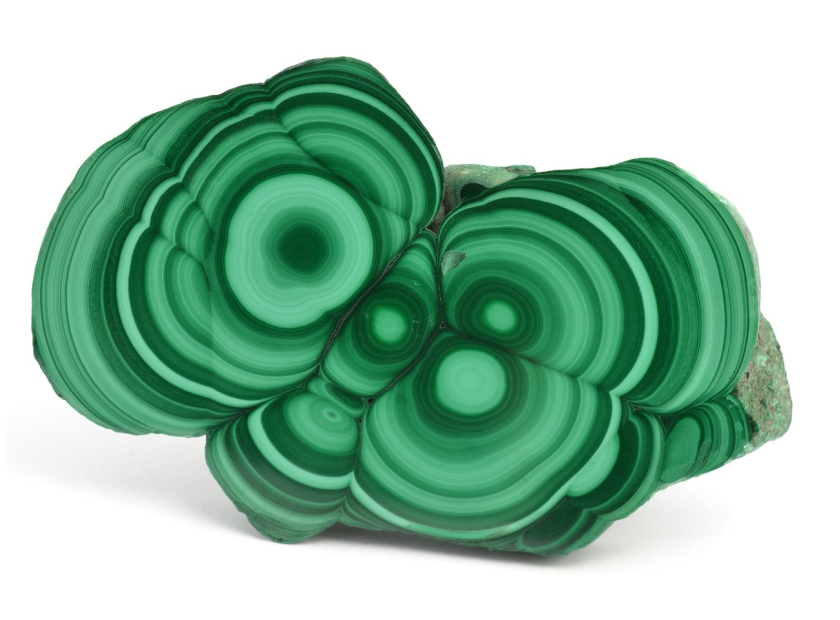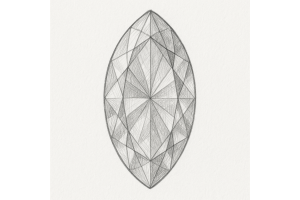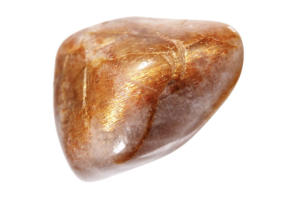GBP
/
GBP
/
Shipping to:
Currency:
How to Tell If a Malachite Is Real: Spotting Genuine vs Fake Stones
Malachite is a captivating green gemstone, cherished for its rich hues and distinctive banded patterns.
However, its popularity has led to a surge in imitations.
Whether you're a collector, jeweller, or enthusiast, it's essential to distinguish genuine malachite from fakes.
This guide will help you identify authentic malachite and make informed purchasing decisions.
Understanding Malachite
Malachite is a copper carbonate hydroxide mineral, renowned for its vibrant green colour and unique banding.
It typically forms in the oxidised zones of copper deposits, resulting in its characteristic patterns.
Historically, malachite has been used in jewellery, ornaments, and even as a pigment.
If you’re exploring alternatives to traditional gems, check out non-traditional engagement rings featuring unique stones like malachite.
Why Imitations Are Prevalent
The allure of malachite's beauty, combined with its relatively high value, has led to widespread production of imitations.
Artificial malachite is often crafted from materials like polymer clay or plastic to mimic the stone's appearance.
These replicas are commonly found on online marketplaces and in some jewellery stores.
To understand how natural gems form in contrast to lab-created options, check out this guide on how gemstones and diamonds are formed.
Key Indicators of Genuine Malachite
To identify authentic malachite, consider the following characteristics:
Colour and Pattern
Natural malachite showcases a range of green shades, from light to dark, arranged in concentric bands or circular patterns.
These bands are smooth and vary in width.
In contrast, fake malachite often displays limited colour variation, sometimes incorporating black, which is not present in genuine specimens.
The banding in imitations may appear jagged or overly uniform.
Weight and Density
Due to its high copper content, real malachite is notably heavy for its size.
Imitations made from plastic or resin are considerably lighter.
Holding the stone can provide a quick indication; genuine malachite should feel substantial.
Temperature
Natural malachite remains cool to the touch, even in warmer environments, owing to its density.
Conversely, synthetic versions tend to feel warmer, matching the ambient temperature.
Placing the stone against your cheek or neck can help discern this difference.
Surface Lustre
Authentic malachite possesses a silky to vitreous lustre, reflecting light well.
Imitations often have a dull or lacklustre surface that doesn't exhibit the same reflective quality.
Practical Tips for Identification
When assessing malachite, keep these tips in mind:
- Examine the Banding: Look for natural, varied patterns without abrupt colour changes.
- Check for Air Bubbles: Artificial malachite may contain small air bubbles, indicative of resin or plastic.
- Consult Reputable Sellers: Purchase from established dealers who provide authenticity guarantees.
- Seek Certification: For high-value pieces, request a certificate of authenticity.
If you’re shopping for unique pieces, check out the curated selection of gemstone engagement rings for more inspiration.
Frequently Asked Questions
Is malachite expensive?
Yes, genuine malachite can be relatively costly due to its rarity and the labour involved in mining and crafting it.
Be cautious of prices that seem too good to be true, as they may indicate a fake.
If you’re exploring cost-friendly alternatives, check out this guide on lab-grown diamonds vs gemstones.
Can I test malachite at home?
While visual and tactile assessments can be done at home, definitive testing (like chemical analysis) requires professional equipment.
Why is malachite imitated so often?
Its unique beauty and demand make malachite a target for imitation, especially since synthetic materials can be produced cheaply.
Does malachite have any metaphysical properties?
Many believe malachite has protective and transformative properties, though these claims aren't scientifically substantiated.
How should I care for my malachite jewellery?
Malachite is relatively soft and can be scratched easily.
It's advisable to store it separately from harder gemstones and avoid exposure to acids or harsh chemicals.
If you're thinking of gifting a malachite piece, check out their range of gemstone rings for gifts.








